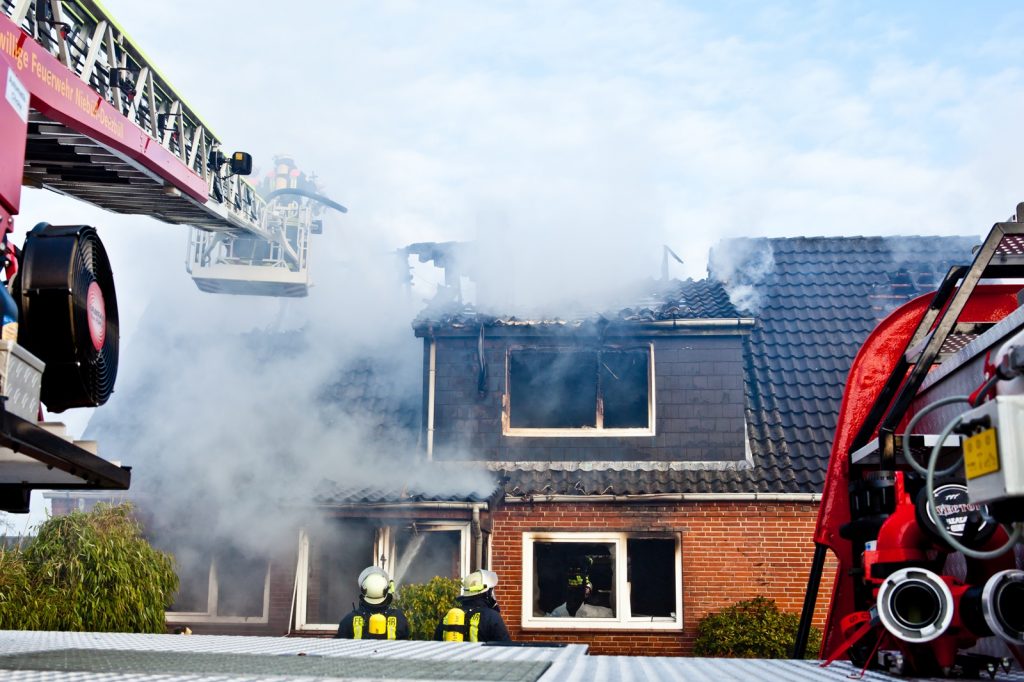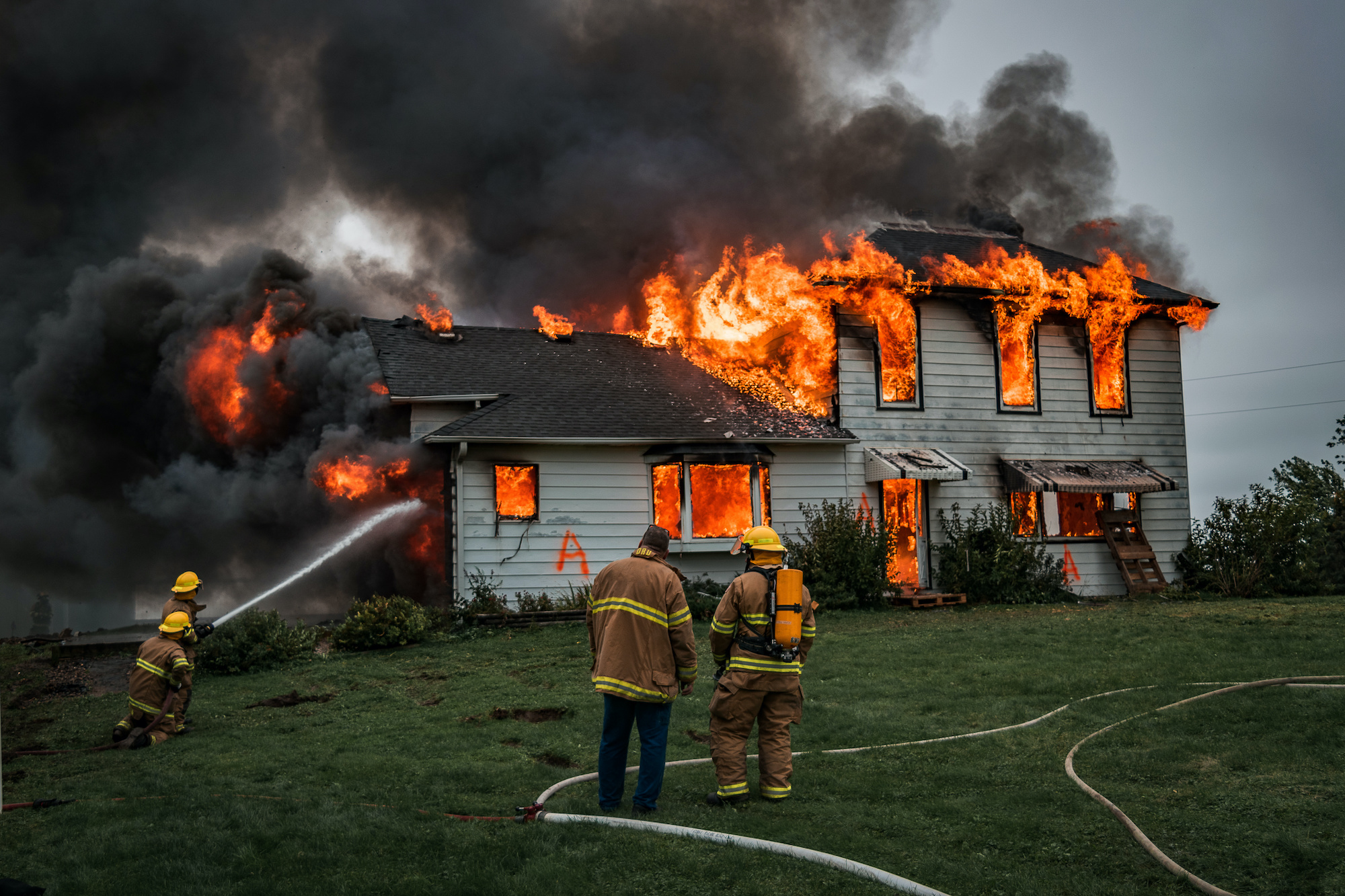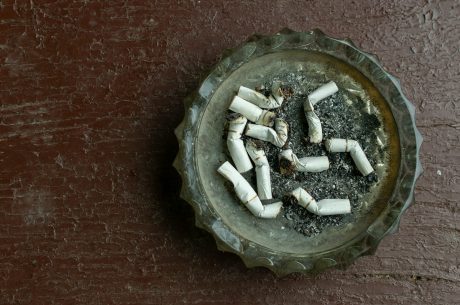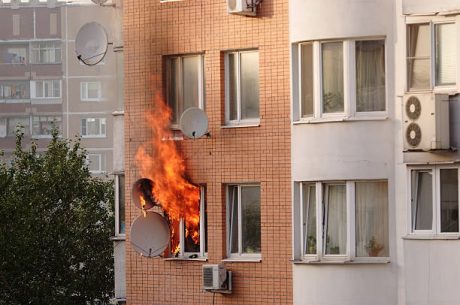While we want you to leave the restoration services to us, there are some things you can do right away following a house fire. This blog offers a house fire checklist with suggestions for what to attempt immediately after a fire and what to avoid.
While we want you to leave the restoration services to us, there are some things you can do right away following a house fire. This blog offers a house fire checklist with suggestions for what to attempt immediately after a fire and what to avoid.
While we want you to leave the restoration services to us, there are some things you can do right away following a house fire. This blog offers a house fire checklist with suggestions for what to attempt immediately after a fire and what to avoid.
What To Do After a House Fire
1. Immediate Actions
The first and most important step is to contact your insurance company or agent promptly. This step is vital in initiating the claims process and accessing financial assistance for rebuilding and replacing your belongings. Provide all relevant details such as the date, time, location, and possible cause of the fire, if known. Be prepared to provide a detailed description of the extent of damage to your home and belongings.
Contact your local fire department to obtain a fire report, if available. This report provides official documentation of the fire incident and may contain crucial details about the cause and extent of the fire. In Suffolk and Nassau County, you can request fire reports through your town’s fire marshal office or local fire department headquarters. Having this report can supplement your insurance claim information and help expedite the claims process.
After ensuring everyone’s safety, take measures to secure your property to prevent further damage or unauthorized access. This may involve boarding up windows, covering roof openings, or installing temporary fencing around the perimeter of your property. Securing the property not only protects against additional damage from weather elements but also deters potential vandalism or theft.
2. Documentation
After a house fire, meticulous documentation is essential to support your insurance claim and ensure fair compensation for your losses. Here are detailed steps to follow:
A. Photographs and Visual Documentation
- As soon as it’s safe to enter the property, take comprehensive photographs of all damaged areas and items. Ensure proper lighting and capture multiple angles to provide a thorough representation of the damage.
- Document structural damage, interior and exterior areas affected by the fire, as well as individual items, furniture, and belongings.
- Utilize a digital camera or smartphone with a high-quality camera to capture clear and detailed images.

B. Insurance Claim Form
- Fill out your insurance claim form meticulously, providing accurate information about the fire incident, the extent of damage, and details of your insurance policy.
- Double-check all information before submitting the claim form. Ensure accuracy in details such as dates, times, and descriptions of damage.
- Do not sign the claim form until you have reviewed it thoroughly and are certain that all information provided is accurate.
C. Supporting Documentation
- Gather supporting documents required by your insurance policy to substantiate your claim.
- Include receipts for temporary housing costs incurred during the displacement period. This may include hotel or motel expenses, rental payments for temporary accommodations, and related expenses such as meals and transportation.
- Obtain estimates from contractors or restoration professionals for the repair and restoration of your property. Ensure that these estimates are detailed and itemized, covering all necessary repairs and replacements.
- Provide proof of payment for any expenses related to the fire recovery process, such as invoices, receipts, or bank statements.
- Keep copies of all documentation for your records and submit the originals to your insurance company as required.
D. Organize and Secure Documentation
- Organize all documentation in a systematic manner, keeping related documents together for easy reference.
- Store physical documents in a secure and waterproof container to prevent further damage.
- Back up digital files and store them securely on a cloud-based platform or external storage device to ensure accessibility and preservation of evidence.
3. Claim Evaluation
Once you’ve initiated the claims process with your insurance company and provided all necessary information about the fire incident and damage to your property, it’s essential to review any estimates provided by your insurance agent or claims adjuster.
These estimates outline the extent of coverage and the proposed settlement amount for your claim. While the insurance company’s assessment is an important starting point, it’s crucial to conduct your own evaluation to ensure that you receive fair compensation for your losses.
4. Temporary Accommodations
If your home is uninhabitable, arrange for temporary accommodations as soon as possible following the fire. In Suffolk and Nassau County, local resources such as the American Red Cross of Long Island can provide assistance with emergency shelter and basic needs. Additionally, inquire with your insurance agent about the availability of vouchers that can be used to cover hotel or motel expenses.
5. Additional Assistance
Many states have provisions for financial assistance to individuals as a result of a catastrophe. Local disaster relief services, such as the American Red Cross or Suffolk County Office of Emergency Management, may be able to help after the fire. Under certain conditions, the federal government provides financial assistance to individuals who have suffered a loss due to catastrophe.

What NOT To Do After a Fire
1. Don’t Remain in Your Home if It’s Unsafe
Avoid staying in your home if it’s potentially dangerous after a fire. Factors like live electricity, structural damage, risk of collapse, or asbestos contamination can pose serious risks. Contact your insurance company or agent before re-entering the premises, even for retrieving pets or personal items.
2. Do Not Discard Anything Without Expert Evaluation
Refrain from throwing away any items damaged by the fire, such as clothing, bedding, or household goods, without consulting an expert. Professional restoration companies can assess salvageable items, potentially saving valuable belongings. Consult your insurance adjuster before disposing of anything, as certain items may be necessary for proving your claim.
3. Do Not Repair or Replace Without Insurance Approval
Wait for written permission from your homeowners’ insurance company before initiating any repairs or replacements. Even if your insurer is aware of the damage, obtaining authorization beforehand is crucial to avoid potential complications or denial of payment for restoration services.
4. Avoid Canceling Utility Services Prematurely
Keep utility services active unless absolutely necessary. Ensure that all bills are up-to-date and understand any requirements or additional charges for service restoration. Use precautions, such as keeping drains closed with plumber’s tape, to prevent contamination from sewer gases during repairs.
5. Do Not Give Up Hope
Even in the aftermath of a fire, it’s important to remain hopeful. With the right assistance and support, it’s still possible to repair the damage and rebuild stronger than before. Remember, there are resources available to help you through this challenging time.
After the Fire Department, Call PuroClean of Huntington for Your Fire and Smoke Damage Restoration Needs!
This general guide on what to do after a house fire will help you on your path to recovery. PuroClean of Huntington is here to support you every step of the way. With our expertise and dedication, we’ll help you restore your home and your peace of mind. We proudly serve homeowners throughout Suffolk and Nassau County, NY.
Visit our website or give us a call 24/7 at (631) 402-9700 to get connected with your local restoration experts.





 PuroClean of Huntington
PuroClean of Huntington